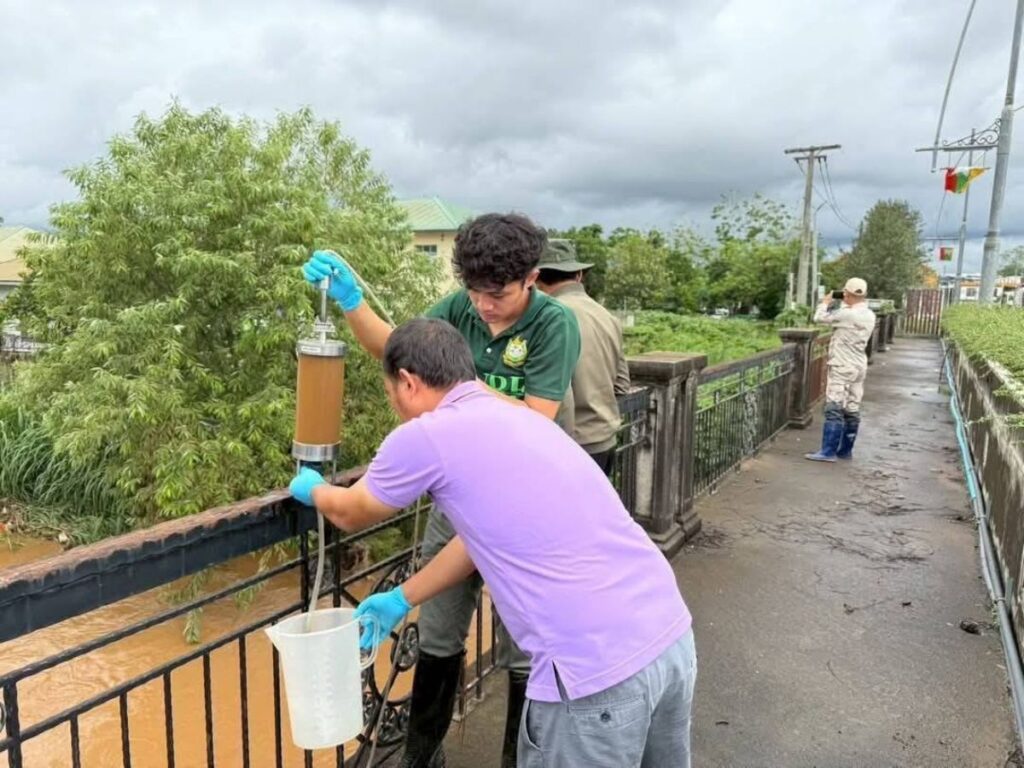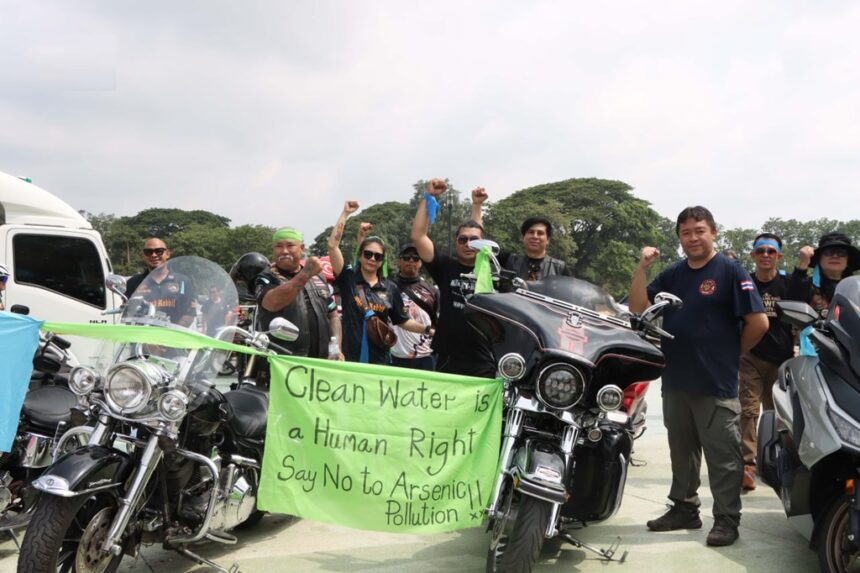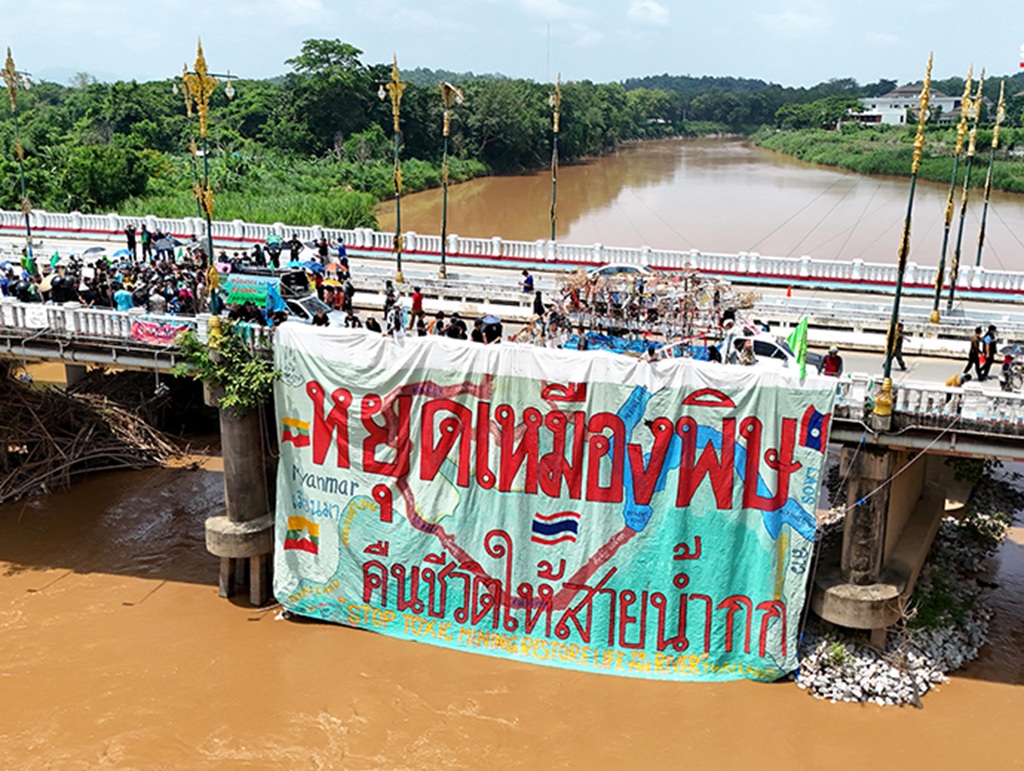CHIANG RAI – Chiang Rai’s rivers face serious arsenic and lead pollution, with water tests showing levels far above the safe limit. The contamination has been traced to unregulated gold and rare earth mines in Myanmar’s Shan State. Local anger is rising, as residents, researchers, and lawmakers criticize Thailand’s central government for its slow response, saying they’re sitting on their hands.
Yesterday, the Pollution Control Department (PCD) found arsenic in the Kok River at 0.44 mg/L between Tha Ton and Chiang Rai’s Chalerm Phrakiat Bridge. That’s over 40 times the safe limit of 0.01 mg/L. The Sai River, which flows into the Mekong, recorded arsenic as high as 0.49 mg/L near the border, and lead levels reached 0.076 mg/L. Even the Mekong River, which millions rely on, had arsenic at 0.036 mg/L in the Chiang Saen district.
The fallout for local communities is clear. Fishers like Supin Kamjai from Ban Huai Kum have seen sales collapse, as fears of contamination keep buyers away from Kok River fish. “No one wants our fish,” she shared. Farmers worry that crops, watered from the rivers, are at risk. The tourism industry has also taken a hit, with more than 30 long-tail boats sitting idle at the CR Pier.
Deputy Interior Minister Theerarat Samrejvanich admitted the problem is serious. Thailand is waiting for Myanmar to agree to work together on cleaning up the Kok and Sai rivers. The mines are controlled by the United Wa State Army and sit outside the reach of Myanmar’s main government, making talks difficult.

Academics have been outspoken with their criticism. Associate Professor Sathian Chantha from Chiang Rai Rajabhat University warned, “Every Mekong community downstream could be affected.” Dr. Lalita Hanwong from Kasetsart University urged the Thai government to act faster. “Thailand should not act powerless when it comes to protecting its own area,” she said.
Senator Chiwaphap Chiwatham, Senate Committee on Natural Resources and Environment chairman, has echoed these concerns, saying Thai agencies have not done enough to address pollution that crosses from Myanmar. He warned that, if ignored, this could become a regional crisis, putting the Mekong’s ecosystem and millions of people at risk.
The government has suggested building weirs in Chiang Rai to trap sediment and slow the spread of arsenic. But experts like Sivaroj Sirilak from Rajamangala University believe this only treats the symptom, not the cause.
“We need to address the upstream source through talks,” he stated.
On World Environment Day, June 5, Chiang Rai residents marched to the Kok River Bridge, holding signs calling for an end to Myanmar’s toxic mining. Community groups, along with activists like Khru Daeng and Ajarn Niwat Roykaew, plan to petition the embassies of China and Myanmar for help.
With the rainy season approaching, many fear that floods could carry even more toxins downstream. This would threaten not just Chiang Rai, but also Laos, Cambodia, and Vietnam.
For now, the Kok and Sai rivers, once symbols of life and prosperity, are harsh reminders of what happens when the environment is neglected. Without quick and meaningful action, Chiang Rai’s rivers could go from lifeline to danger.















